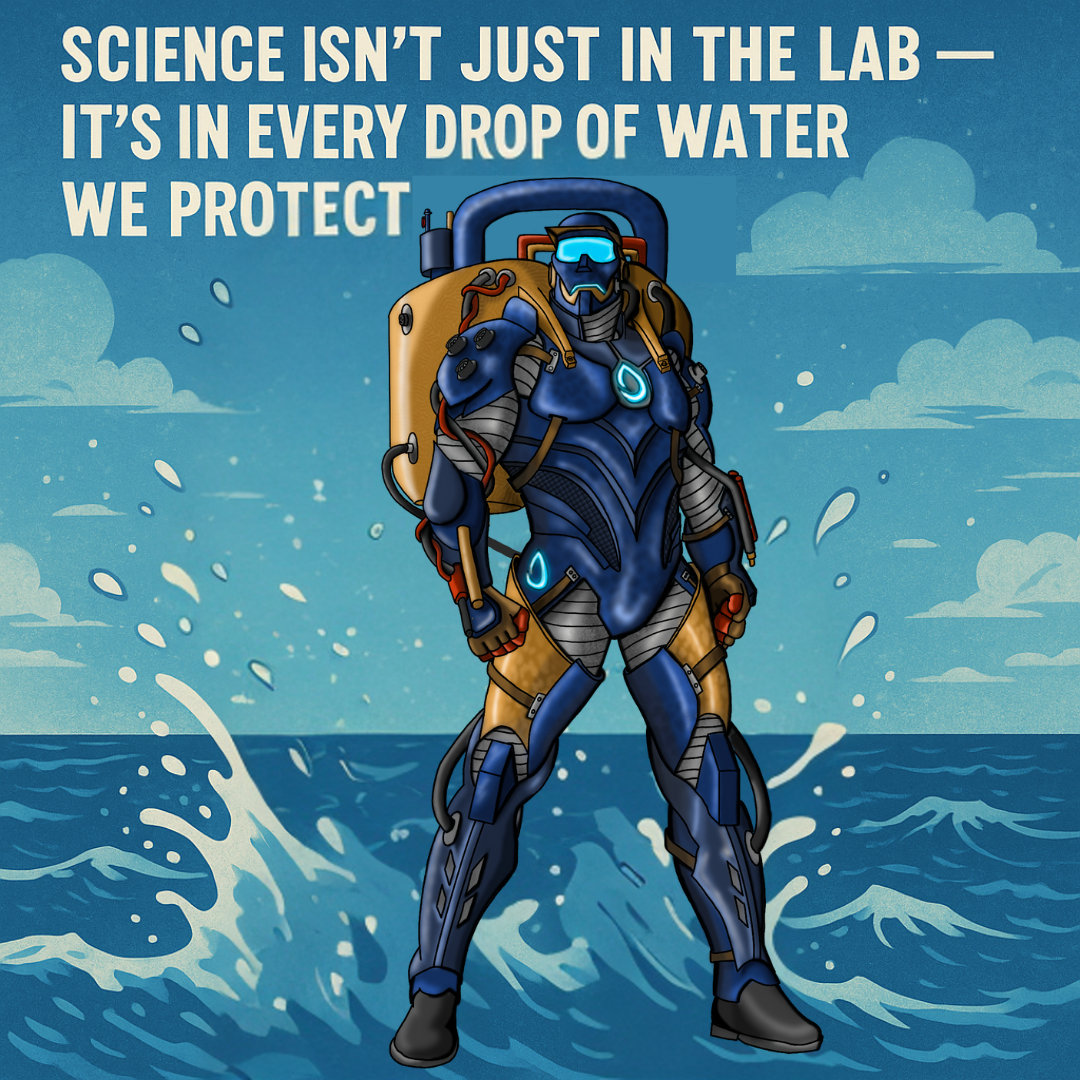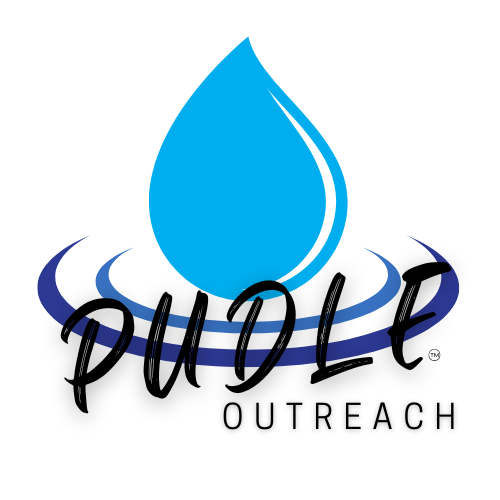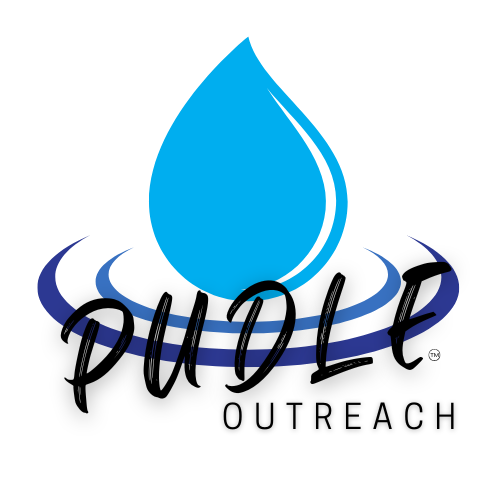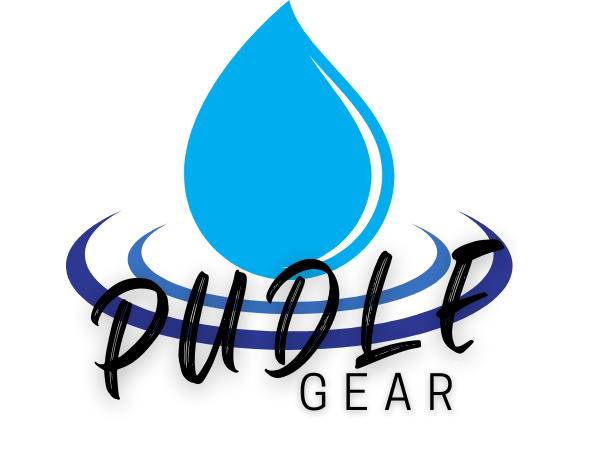
Welcome to the Clean Water Science Lab!
Hey there, future Defender!
I’m
Chito-Man, and today, you’re stepping into the world of
stormwater science — where tiny particles, cloudy water, and smart chemistry come together to protect our planet.
In this mission, you’ll discover:
- What Total Suspended Solids (TSS) are — and why they matter for clean rivers and oceans.
- How Turbidity tells us how murky or clear water is — and what that means for fish, plants, and people.
- How scientists (and awesome Defenders like you!) use flocculants to grab onto pollution and clean water naturally.
Through videos, diagrams, and real-world examples, you’ll see how we tackle the messiest water and turn it back into something safe and healthy for everyone.
"Science isn’t just in the lab — it’s in every drop of water we protect!"
Let’s dive in!

What is Total Suspended Solids (TSS)?

TSS are tiny pieces of stuff — like dirt, sand, silt, trash, or organic material — that are floating in the water but not dissolved.
If you can
see the gunk, but it doesn't settle right away, that's TSS!
Why TSS matters:
- Too much TSS makes water dirty and unsafe.
- It blocks sunlight from reaching underwater plants.
- It clogs up fish gills and hurts aquatic life.
- It carries even more nasty pollutants stuck to the particles!
What is Turbidity?
Turbidity is how cloudy or murky the water looks because of all that stuff floating around.
It’s measured with special tools that check how much light can pass through the water.
More particles = more light bouncing around = higher turbidity.
Think of turbidity like this:
- Crystal clear water = Low turbidity
- Muddy, cloudy water = High turbidity
Turbidity and TSS are connected
— but they aren't exactly the same.
TSS measures the
weight of the solids, while turbidity measures
how cloudy the water looks.

What are flocculants? How do they Help?

When stormwater gets dirty, we need a way to grab all those tiny pieces floating around.
Flocculants
are the special materials we add to water to make that happen!
How flocculants work:
- Flocculants (like alum or chitosan) are added to dirty water.
- They stick to particles and make them clump together.
- Tiny particles form bigger blobs called floc.
- The floc is heavy, so it sinks to the bottom — cleaning the water!
This whole process is called flocculation.
Flocculation Step-by-Step
Just like in the lab!
1: Add flocculant: (like alum or chitosan) to dirty water
2: Rapid mixing: Spin the water fast so the chemical spreads everywhere.
3: Slow mixing: Gently stir so particles start sticking together into bigger floc.
4: Settle: Floc falls to the bottom, leaving clean water on top!
Results: Cleaner, clearer water that's safer for the environment!

Watch it Happen!
See what happens when dirty water is treated using flocculants! Watch how turbidity drops and solids settle out like magic (but it’s actually just awesome science).
Why It's Important
Cleaner water protects fish, plants, and people!
Filtration and flocculation help stormwater systems work better.
Learning this makes YOU a part of the next generation of
Water Protectors!






